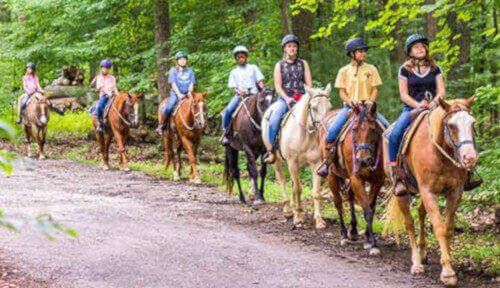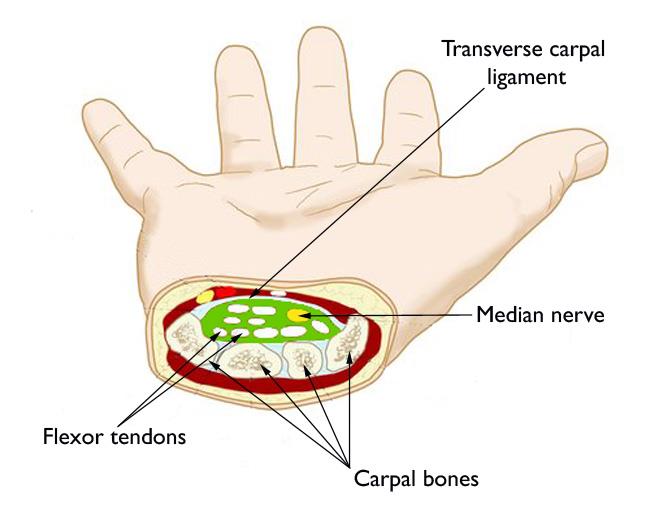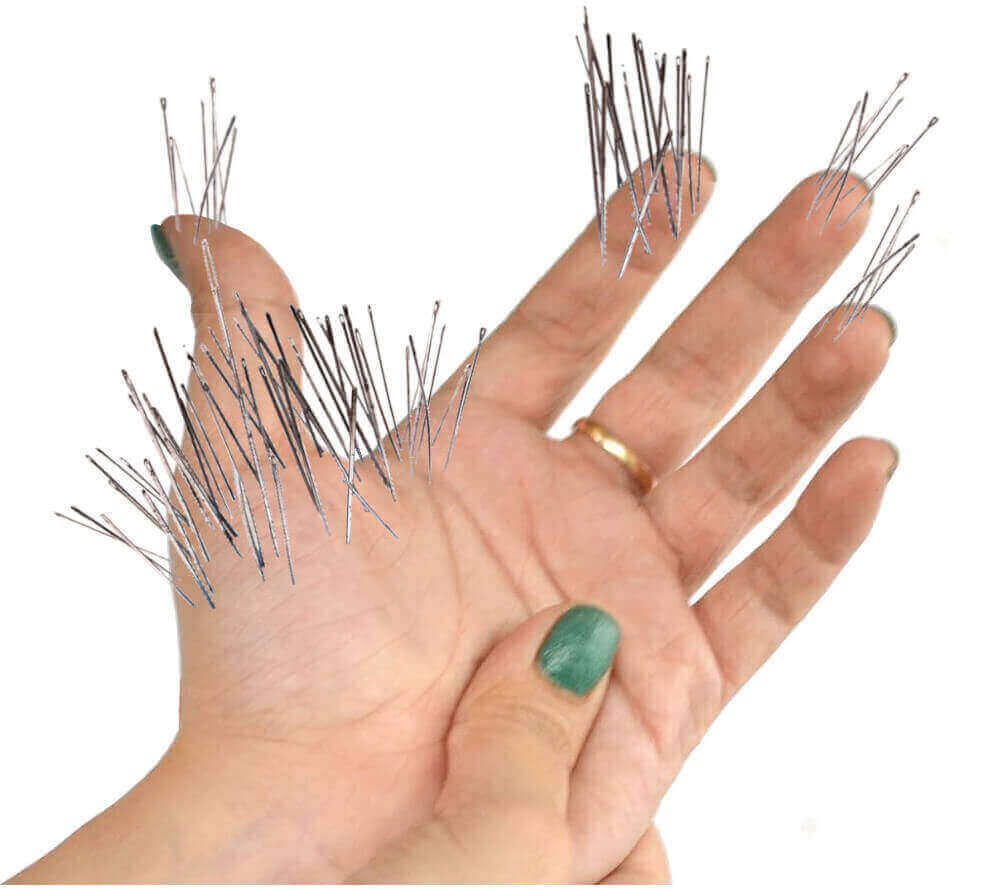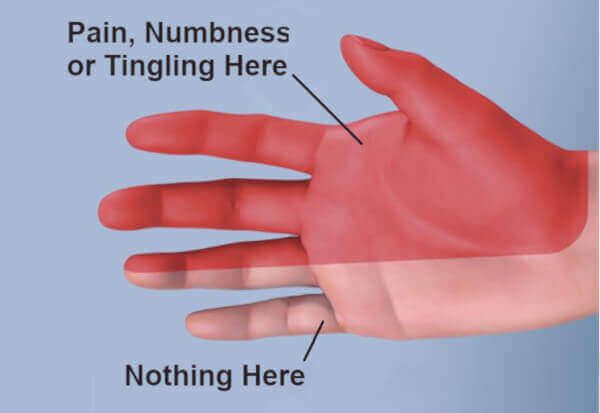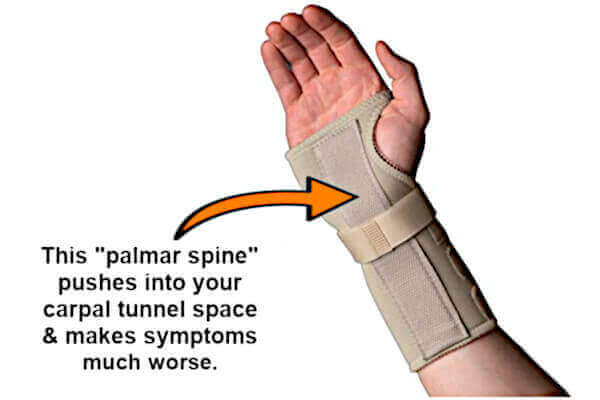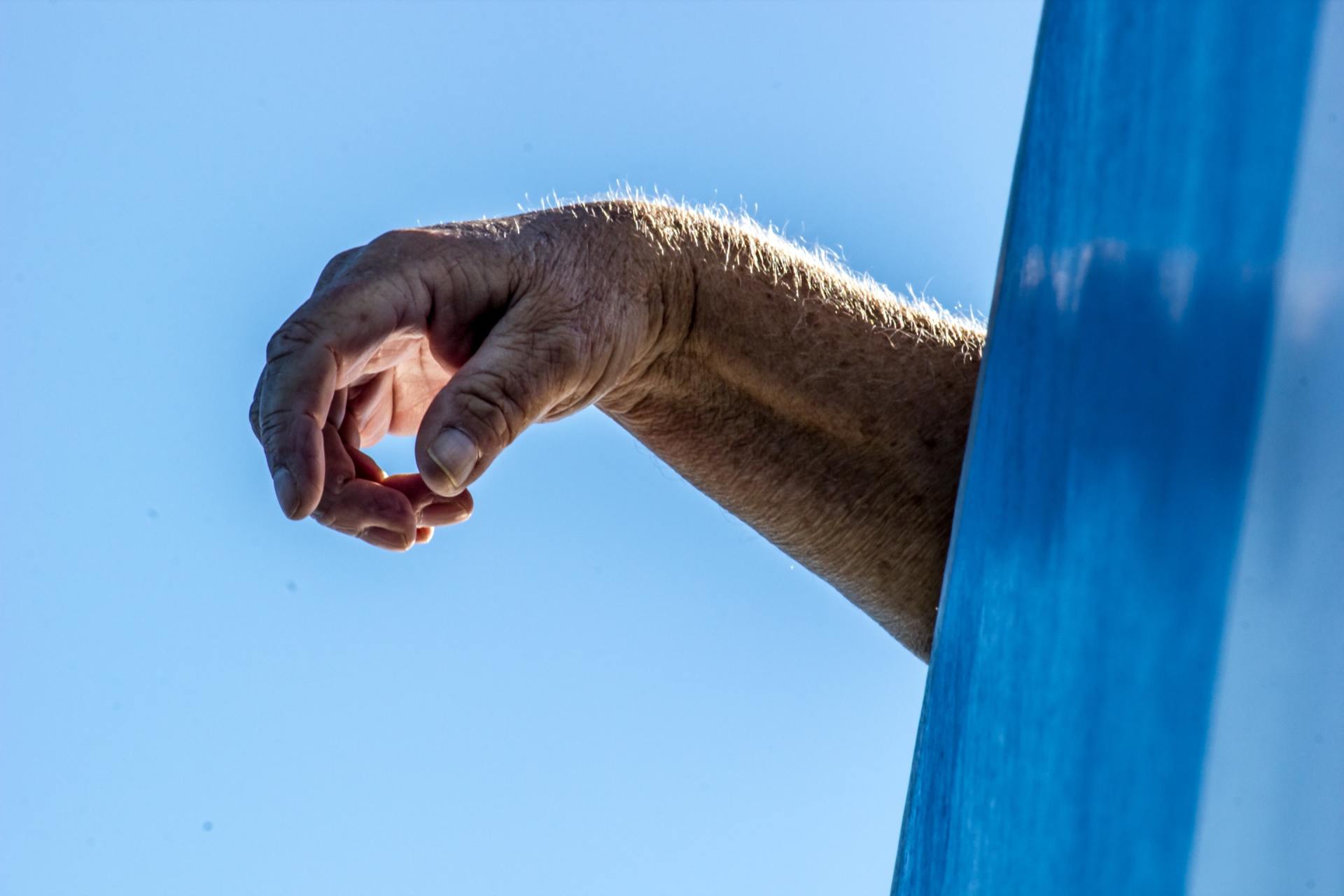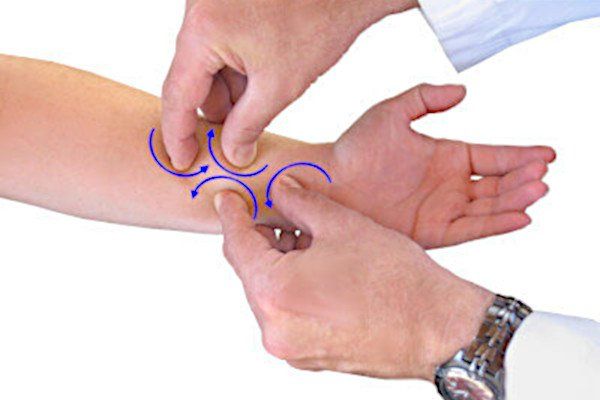Why Horse Riding & Carpal Tunnel are Related
From Dr. Z - Carpal tunnel syndrome specialist
Are Horse Riding & Carpal Tunnel Related?
The short answer is Yes! -- horse riding & carpal tunnel syndrome are definitely related. In fact, they're like peanut butter & jelly: they always go together!
When people ask me about their hand pain or numbness I inquire what they do for a living or as a hobby. Not surprisingly, a fair number say they ride or handle horses. My reflexive reply is usually, “Ah ha!
That's
the problem."
What is it about carpal tunnel syndrome that causes it to result from riding or handling horses? Let me show you what’s going on.
- FIND OUT: do you have carpal tunnel? No strings attached self-test.
What links horse riding & carpal tunnel?
Most people who work their hands hard will eventually experience pain or numbness in their hand, fingers or wrist. These are all signs of overworked and stressed hands.
Working with horses requires gripping reins, pulling on lead ropes, handling heavy saddles, etc. As any equestrian knows, controlling an animal that weighs about 1,500 pounds requires a tight grip on the lines. Actually, just riding for pleasure requires maintaining a firm grip on the reins for hours at a time.
The reason I bring this up is because hand pain from horse riding is fundamentally an “over-gripping” problem. Gripping for long periods of time is completely abnormal to the human physiology.
As a result, it stresses the flexor tendons in the forearm. And sometimes they're stressed beyond their functional limits.
The flexor tendons are designed by Mother Nature to grip and release. But not quickly, nor with a lot of force – at least not all the time. Constant gripping can lead to
hand pain and more seriously,
symptoms of carpal tunnel syndrome.
What is carpal tunnel syndrome?
First and foremost, carpal tunnel syndrome is a a peripheral neuropathy. That means it's a disorder that causes damage or injury to a nerve.
The nerve we're referring to in this case is the median nerve. It's a major nerve of the hand which controls sensations from the palm area and fingers.
To be more specific, carpal tunnel syndrome is a type of peripheral neuropathy called an "entrapment neuropathy". Just as the name suggests, the median nerve becomes trapped or confined inside the wrist joint.
What traps the median nerve?
Swollen flexor tendons.
When flexor tendons get stressed, their response is simple: their sheaths (coverings) inflame and swell. Think of it like a garden hose expanding as it becomes more and more pressurized with water.
Anywhere else on the forearm such swelling wouldn't be a big problem. In fact, it would be known as tendonitis anywhere along the arm.
But when swelling happens specifically inside the wrist joint the problem magnifies many-fold. That's because the flexor tendons run alongside the median nerve as they travel through the narrow bottleneck of the wrist joint. This bottleneck is called the "carpal tunnel" space. Hence the name of the disorder: carpal tunnel syndrome.
As the tendons swell inside the carpal tunnel space, they push on the median nerve and trap it. As the swelling increases, the tendons eventually crush the median nerve.
Nerves react badly to being crushed. So it's that crushing action that causes all of the symptoms and
signs of carpal tunnel syndrome.
Signs of carpal tunnel syndrome
Very few disorders exactly mimic carpal tunnel symptoms. The closest one is flexor tendonitis. But a simple self-test can usually tell the difference quickly and easily.
Basically, carpal tunnel syndrome is characterized by one or more of these hallmark sensations in the palm and fingers:
One of the first signs of carpal tunnel syndrome is that symptoms are usually only present when the hand is at rest. For example, either pain or numbness may wake you up in the middle of the night. You wake up because you feel the need to shake out the numbness or rub out the pain.
Other times patients feel they're having dexterity problems. They can't tie a shoelace, pick up coins, button a shirt, or hold a phone. Grip strength is noticeably diminished. And you may drop things, believing your hand is extra-clumsy.
Usually, your thumb and first fingers are most affected. But your little finger never has these symptoms. If it does, then you might have another condition like wrist tendonitis.
The world of horse riding & carpal tunnel
Horse riding & carpal tunnel is just as common as (for instance) hairdressing & carpal tunnel. Basically, it's not different from any activity where you grip something for long periods of time.
The problem is made especially worse when you grip with force, relax, and grip again -- over and over. Doctors call this repetitive strain injury or RSI.
The most common RSI in the United States today is carpal tunnel syndrome. In fact, it occurs in about 5% of the population. And that rate is increasing.
This is why when a patient tells me they ride horses and their hand hurts (or tingles or goes numb) that they most likely have carpal tunnel syndrome. Of course, it's a guess. But based on statistics, it's a good guess!
Can you cure carpal tunnel?
Unfortunately, there is no actual “cure” for carpal tunnel syndrome. Even equestrians who get surgery for carpal tunnel realize this. There simply is no cure for this disorder. But you can manage it so it never bothers you!
So don't despair. If both carpal tunnel & riding horses are part of your life, there are great ways to manage the condition so it doesn't interfere with your passion. Actually, you can manage carpal tunnel syndrome so effectively that it will never ever bother you again.
There are tried-and-true methods to stop carpal tunnel in its tracks. Most patients only need to treat for less than 30 days to see symptoms disappear permanently. Best of all, these methods are simple and cost almost nothing.
The most successful way to treat carpal tunnel syndrome is using the “B.R.E.M.” combination. That stands for Brace, Rest, Exercise, Massage. For a more detailed description, see this article.
Brace
Brace your hand while you sleep. NEVER wear a wrist brace during the daytime if you have carpal tunnel syndrome. Doing so makes your hand subconsciously fight the brace in addition to doing its regular work. That makes the situation far worse. Learn more about bracing for carpal tunnel here.
Rest
Rest your hands as much as possible. Don’t maintain a constant grip on anything (handles, grips, etc.). Also try to avoid excessive "grip-and-release" activities without resting your hands in between.
Exercise
Exercise
your fingers as often as you can. It's best to do so during your frequent rest periods.
Carpal tunnel stretching exercises will stretch out your fingers and therefore your flexor tendons. This is perhaps the best way to avoid having hand pain from horse riding or any other stressful hand activity.
Massage
Massage your wrist and forearm frequently. Dig your thumb into your forearm, just below your wrist crease. Then make circular motions for a few minutes. This breaks up adhesions and restrictions which occur with tendon swelling. The massage also promotes fluid drainage and enhances blood flow. The most effective massage for carpal tunnel syndrome is called myofascial release. However, you cannot do it on yourself because it requires two thumbs to create the necessary orbital massage action.


